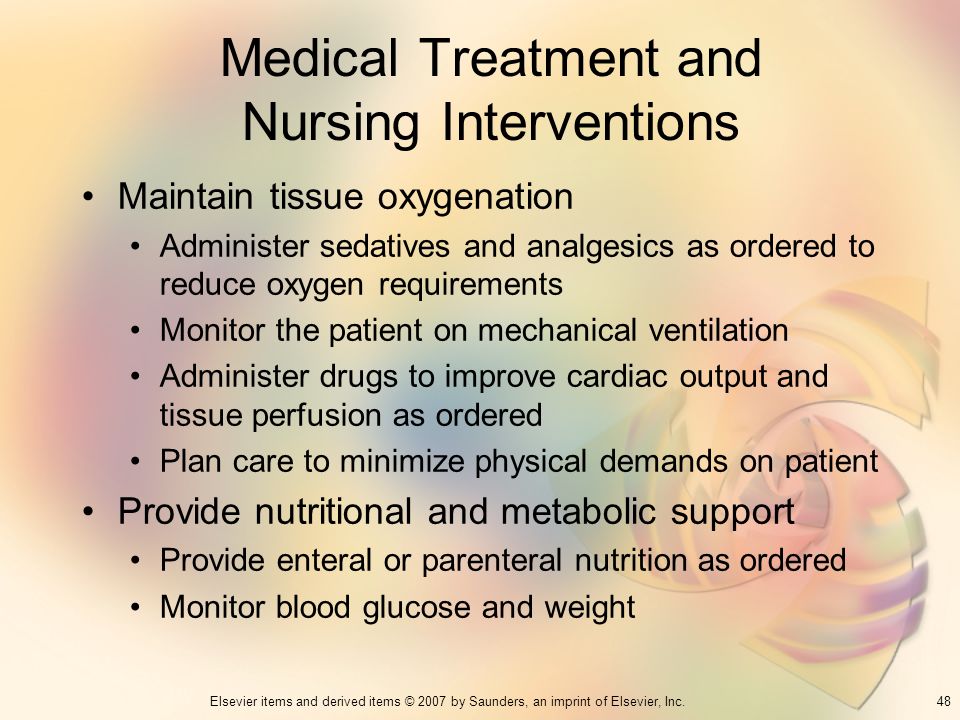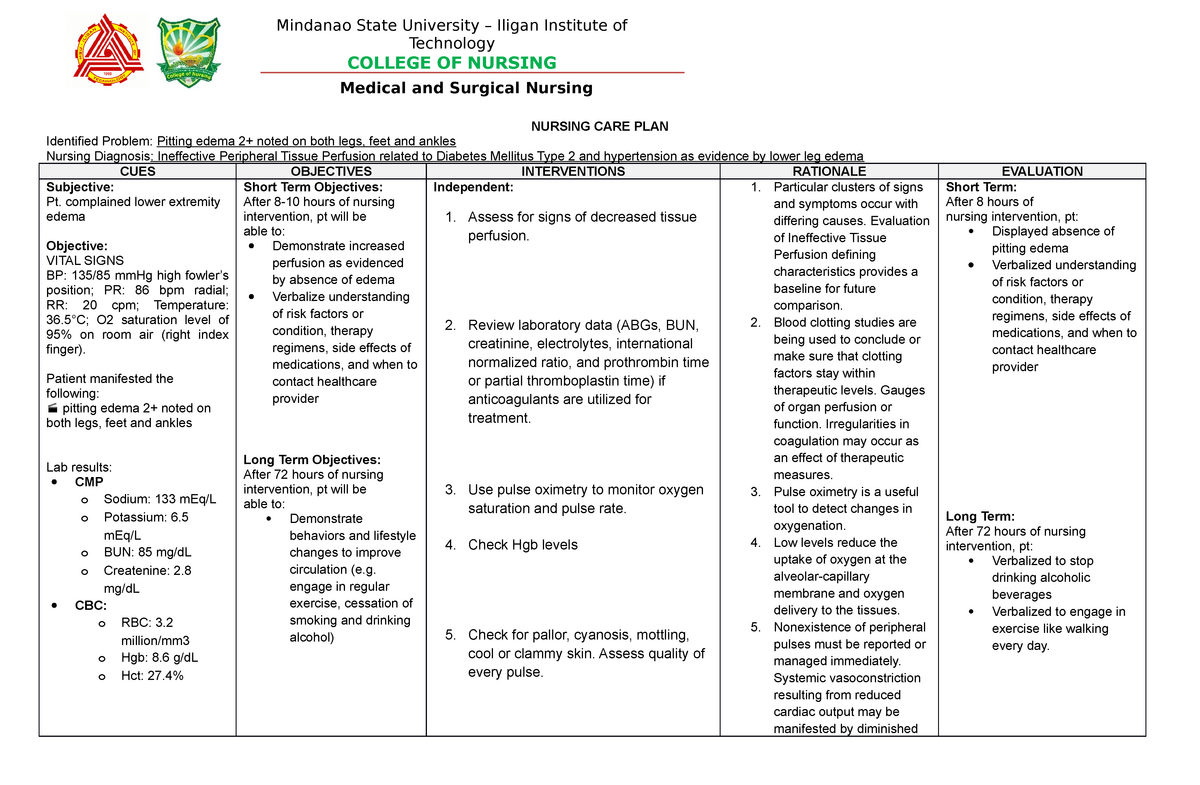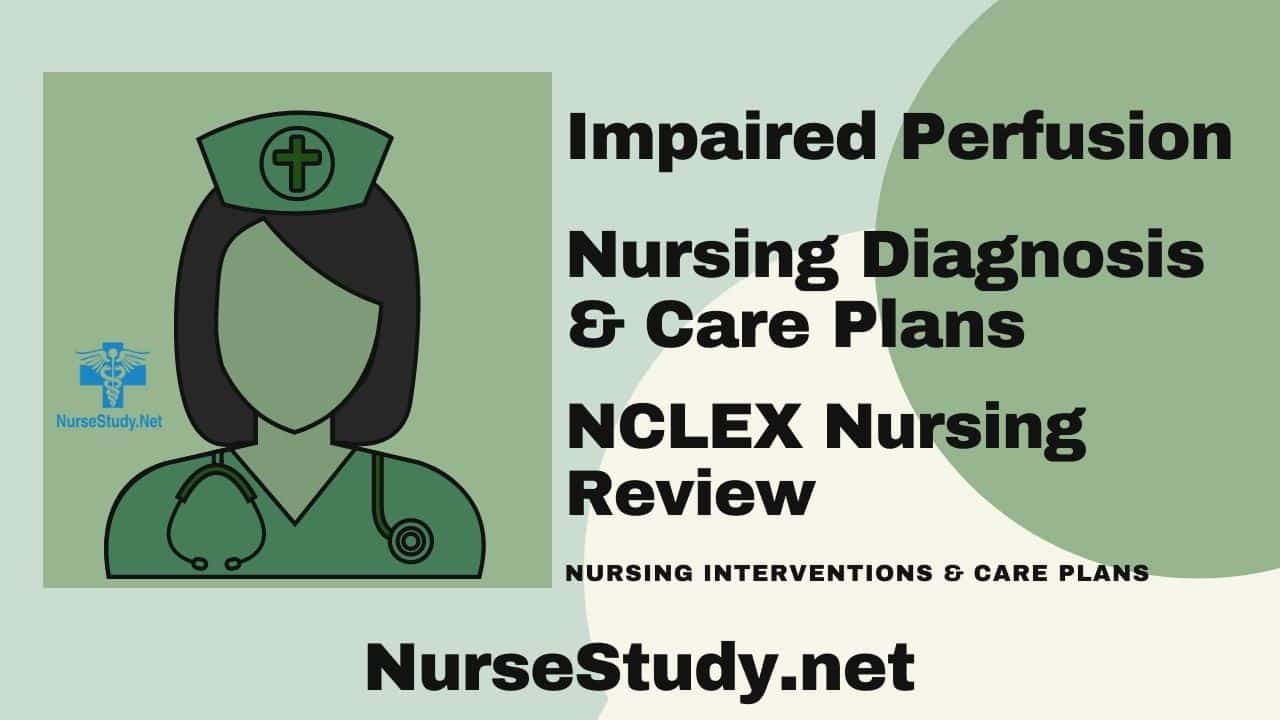Stunning Tips About How To Improve Tissue Perfusion

Tissue hypoperfusion contributes towards the development of.
How to improve tissue perfusion. Sufficient tissue perfusion and oxygenation are vital for all metabolic processes in cells and the major influencing factor of tissue repair and resistance to infectious organisms. Nursing interventions for ineffective peripheral perfusion. A systematic review of these clinical trials would be considered the highest level of evidence and guide for interventions that improve outcome.
Aged garlic extract regenerated peripheral tissue perfusion and increase microcirculation in patients with arteriolosclerosis. Adequate peripheral tissue perfusion and tissue oxygen. The effective lowering of blood pressure.
The three major factors affecting blood flow are the circulating volume, cardiac pump function, and the vasomotor tone. Strategies to improve tissue perfusion in chronic ulcers tissue conditioning. Nurses on cardiac floors should assess for relevant characteristics pertaining to impaired peripheral tissue perfusion.
• split the sternum in one clean cut by sliding the lower blade all the way under the manubrium prior to closing the blades. If peripheral pulses are difficult to palpate, a doppler can assist. This includes assessing for diminished lower extremity.
Perfusion techniques • grasp the now separated rib cage halves. Sepsis compromises the cardiovascular system by various mechanisms that frequently result in alterations of tissue perfusion. The early recognition and treatment of severe sepsis and septic shock is the key to a successful outcome.
Various parameters and markers of blood flow and systemic tissue perfusion are available at bedside, as well as mixed venous oxygen saturation (svo 2), lactate clearance, do. Tissue perfusion is dependent on blood flow. Tissue conditioning has been shown to boost healing outcomes in patients with difficult to.


















